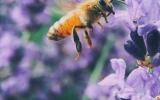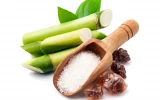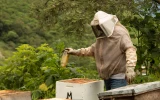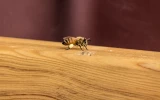When To Feed Bees Sugar Water (in Summer & Winter)
Knowing when to feed bees can ensure that they can thrive and become a strong colony. However, some beekeepers might wonder, when can you feed bees sugar water in summer and winter?
Feed bees sugar water in summer and winter when a colony is low on food reserves. To check the weight of a beehive, simply lift it from the back. If it's light and easy to lift, that means the bees have depleted their food stores. If it’s heavy and harder to lift, the colony has enough food reserves.
Bees are capable of finding food for themselves. But there are some situations in which a beekeeper needs to step in and feed the colony sugar water. In this article, we will discuss when to feed bees sugar water in the summer and winter.
Summary
- Winter feedings should only be done if the colony has little to no food reserves.
- Summer feedings should only be done if the colony needs to maintain a stable population.
- You can only provide bees with supplemental sugar at certain times of the year.
- Feeding bees sugar is not always necessary.
- Avoid feeding bees honey from unknown sources.
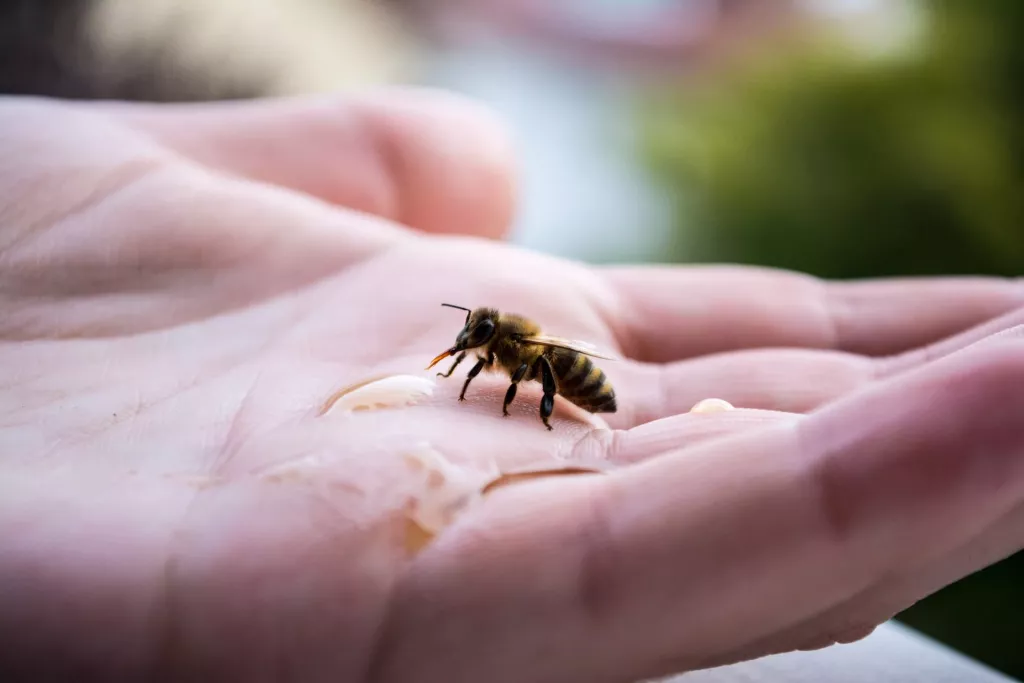
On this page:
Feeding Bees Sugar Water in Summer
During the summer months, bees may sometimes struggle to find enough nectar and pollen to feed on. There could be a drought near the hive’s location, and their nutritional needs may not be met. There are not enough local plants that provide bees with nectar and pollen.
However, if the colony has enough food reserves, it can focus on building combs, which are essential for a healthy hive. The bees create comb, so the queen has a place to lay eggs. They also use the comb to store their honey reserves. The more comb is built, the more likely it is that a high volume of honey can be stored.
Encourage comb building
Some beekeepers commonly use sugar water to encourage bees to build combs during the summer. It’s a method to speed up the honey-making process. The sugar stimulates wax production and fuels the bees to increase their activity both inside and outside the hive.
Feeding sugar water to bees during the summer is especially useful when building a new beehive. It also stimulates the queen to produce more eggs and increase her population. This prepares the colony for an upcoming flowering event.
Newly packaged bees
When beekeepers receive a new package of bees, they might also receive a can of sugar syrup. This is what beekeepers use to feed the bees once they are installed in their new home. It’s important to continue feeding them until they are able to fend for themselves.
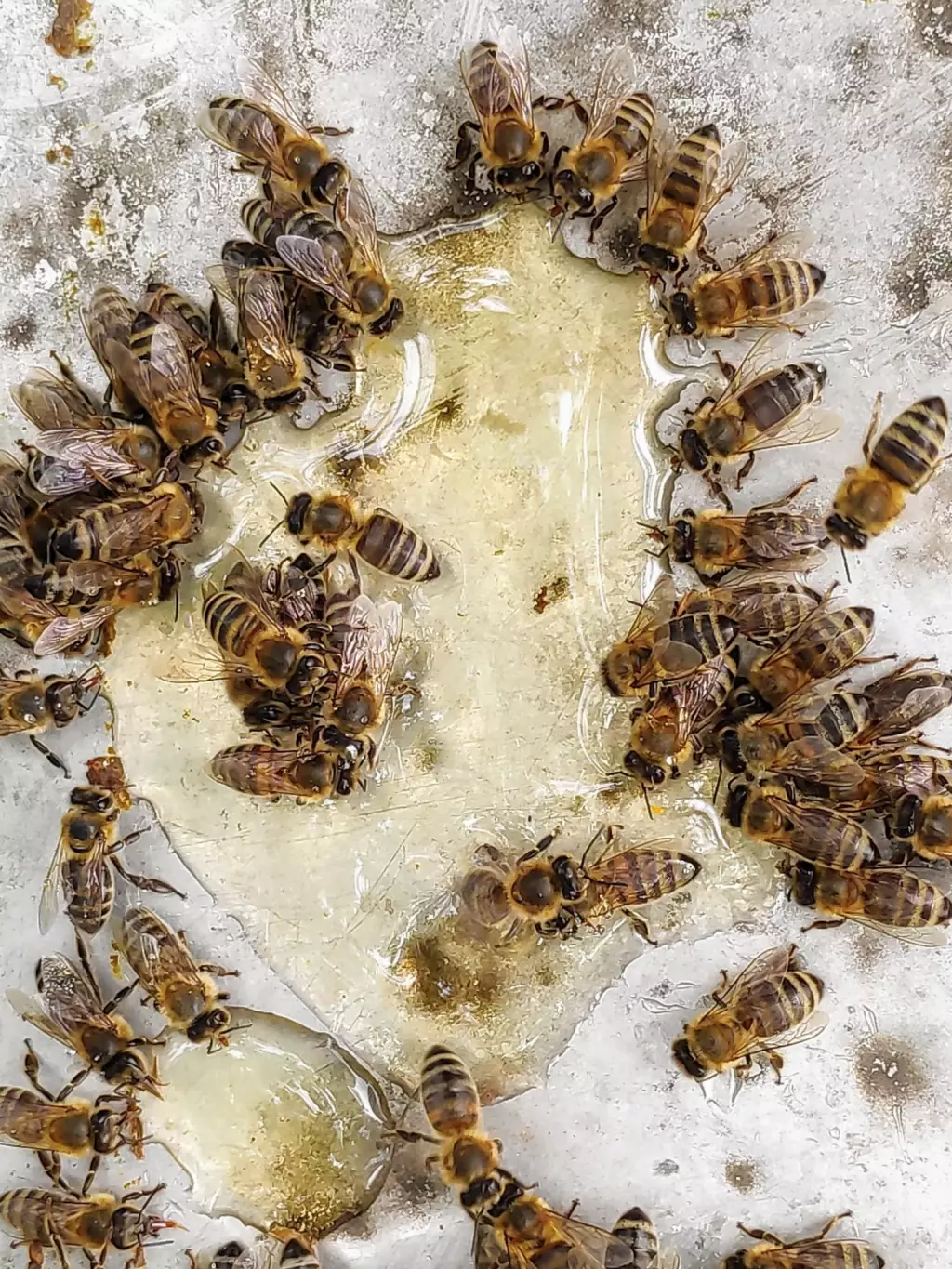
Feeding Bees Sugar Water in Winter
In the winter, bees are not able to forage for nectar due to the cold weather. This means they rely solely on the honey they have stored in the hive. If there’s not enough stored honey, they may end up starving in the winter. To prevent this, beekeepers can provide bees with sugar water in the fall before the winter months.
However, don’t make the mistake of feeding the beehives during the winter, as opening the hive body could release the trapped heat inside. Bees can’t stand the winter cold. If you do have to feed the colony during the winter, you can use a candy board, a mountain camp rim, or an empty shallow super filled with sugar cakes. This ensures that the bees have enough food to survive until the spring, when they can start foraging again.
Lack of stored honey
There are several possible reasons why some hives end up with insufficient honey reserves. For instance, a weak colony didn’t have enough strength to collect enough nectar during the fall. Another instance is, a weak queen didn’t lay enough eggs for brood production. A hive infected with varroa mites, which resulted in the loss of worker bees, could also be another reason.
In some cases, the colony may have stored plenty of honey but had it stolen by robber bees, yellow jackets, or other small animals attracted to honey. This robbing often occurs in the fall, when it’s too late to gather more resources.
Tips to help get your bees to survive past winter
- Never feed bees liquid sugar water when they are clustered. Bees rarely consume a watery sugar substance below fifty degrees Fahrenheit. They prefer to eat candy boards during the winter because of the higher sugar content.
- Feed candy boards above the winter cluster.
- Ventilate the hive when feeding candy boards in the winter.
- Add protein to the candy board for winter survival.
- Don’t let the candy boards go empty. Replace it immediately.
Sugar Water Recipes for Summer & Winter
Ingredients in sugar water
- Water
- Sugar
- Container
It’s important to remember that the ratio of sugar to water is by weight. For example, one kilogram of sugar is equal to one liter of water. So if you’re using ten kilograms of sugar, you’ll need five liters of water.
Summer sugar water recipe
The ratio for summer feedings should be a thin syrup which is one part water and one part sugar (1:1). The syrup should have a similar consistency to flower nectar.
Don’t use boiling water to dissolve the sugar. Instead, use hot water and stir until the mixture is clear. Always let the mixture cool before giving it to the bees.
Winter sugar water recipe
The ratio for winter feedings should be a thick syrup which is two parts sugar and one part water (2:1). Bees should be fed sugar syrup with a 70% sugar content because it contains less moisture. This texture mimics the consistency of honey.
This allows the bees to ripen it quickly for storage. If the stored syrup has a high moisture content, the sugar will ferment. Digesting fermented sugar can give your bees dysentery, which is one of the common causes of overwintering colony death.
To make winter sugar syrup, you’ll need to heat the water first, but don’t let it boil. Let the heat dissolve the sugar crystals and cool them off a little bit. It’s also worth noting that bees won’t touch syrup that is below 50 degrees Fahrenheit, which is 10 degrees Celsius.
Prevent the Sugar from Fermenting
If sugar syrup is left out for a while, it can start to ferment and go muddy. This can be anywhere between two and ten days, depending on the temperature and environment of the location. To detect fermented water, you can sniff the water. If you detect a yeast odor, that’s probably fermented sugar water.
To prevent this from happening, beekeepers are known to use bleach, chlorine, and sometimes apple cider vinegar to change the PH level of the sugar water. Just be careful of the amounts you put in.
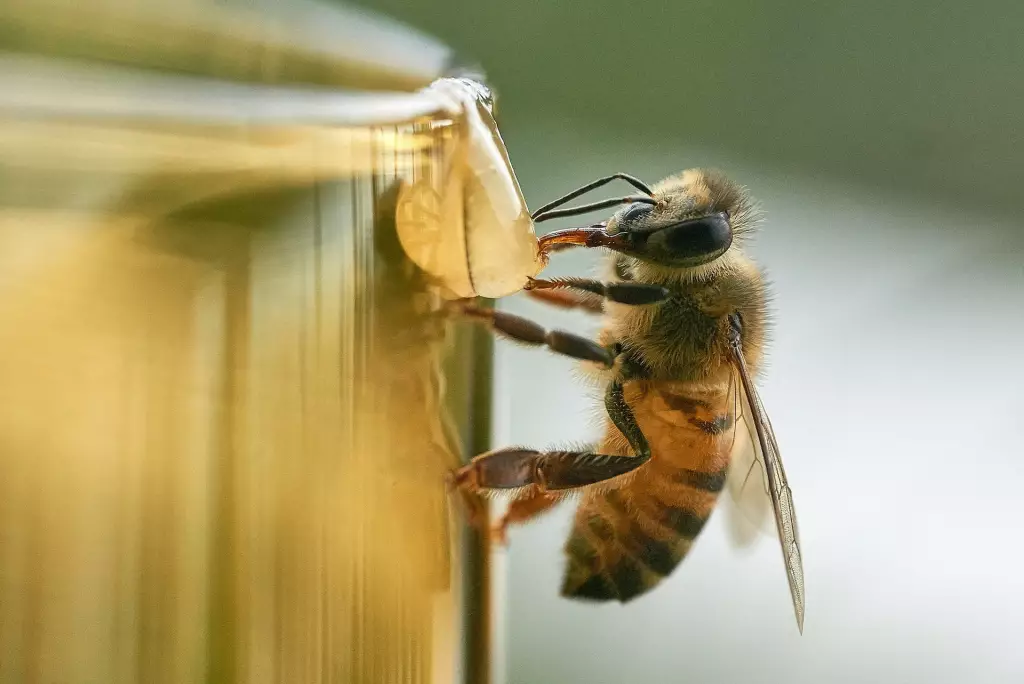
Honey as Feed for Bees
It’s best not to use honey as feed for bee colonies, especially if you got your honey from an unknown source. Honey has the potential to be contaminated with many microbial diseases, such as American foulbrood (AFB), chalkbrood, and nosema disease.
If you feed the colony with contaminated honey, the disease can spread and infect the entire beehive. In the worst cases, the disease can kill the colony and infect other nearby bee colonies as well. The only solution to stop the spread of infection is to burn the infected frames, scorch the box, and sanitize all the equipment that came into contact with the infected bees. Or burn the entire beehive, if necessary.
It can be a time-consuming process, so all-in-all, it’s best to avoid feeding bees honey unless it's from your own disease-free hives.
